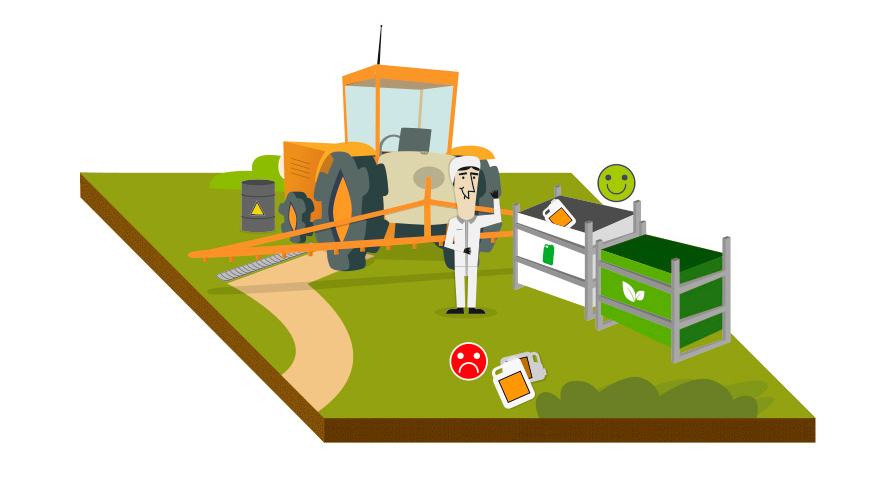Inorganic waste – such as used pesticide containers – contain residues which must be appropriately managed, for example, by following container management procedures and ensuring the appropriate rinsing, storage and eventual disposal of containers in special collection points.
TO THE SUSTAINABILITY
INDEXING TOOL

